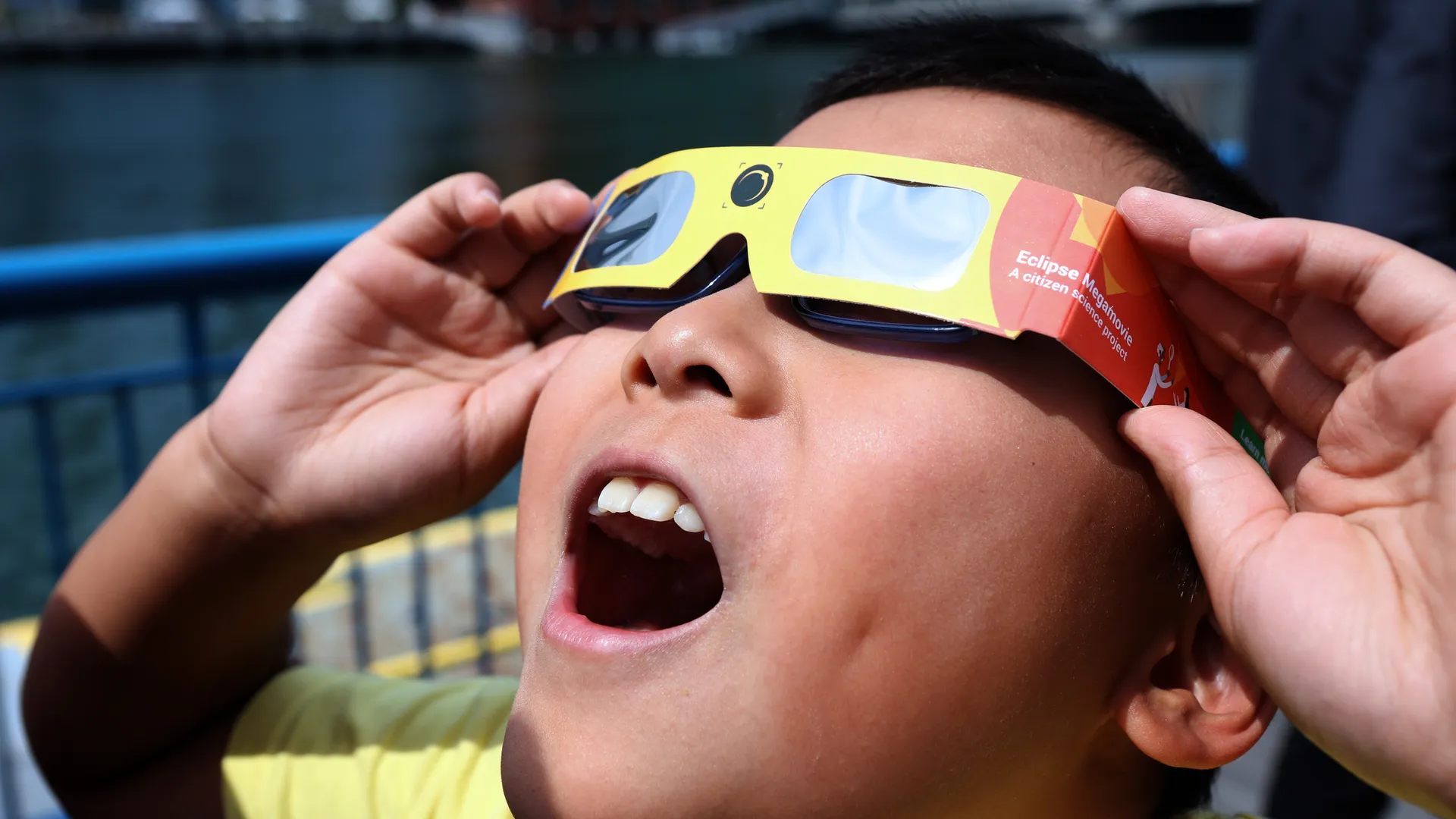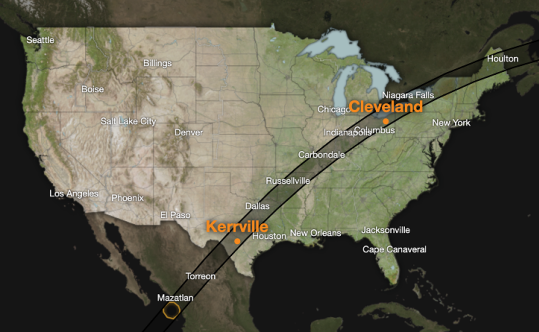NECO Issues Safety Advisory for Upcoming Solar Eclipse

Watching the celestial event safely is possible with the right equipment and some preparation.
With the upcoming total solar eclipse on April 8, 2024, the New England College of Optometry (NECO) urges the general public to observe this celestial phenomenon safely. Solar eclipses are rare events that spark widespread interest and excitement. To ensure everyone can enjoy the eclipse without risking their vision, NECO is sharing crucial guidelines for proper viewing.
“Solar eclipses present a wonderful opportunity for communities to engage with astronomy, but it’s vital that safety is a priority,” says George Asimellis, PhD, Msc, MBA, Professor of Vision Science at NECO. “Viewing a solar eclipse without appropriate protection can result in solar retinopathy, which can cause lasting damage to the eyes. You must take proper precautions to view the eclipse.” PLEASE NOTE: NECO recommends that individuals who have recently undergone eye surgery or who have chronic eye conditions should refrain from viewing the eclipse.
To prevent eye injuries and ensure a memorable experience, NECO advises the following:

- Always use solar viewing glasses. “When gearing up to watch the magical solar eclipse, it’s important to use specialized solar filters known as ‘eclipse glasses,’” says Alina Reznik, OD ’16, NECO Alumni Liaison. “These viewers adhere to the international safety standard ISO 12312-2 for safe viewing.” The ISO certification should be visible somewhere on the product. Ordinary sunglasses, even those with UV protection, are NOT safe for looking directly at the sun. They transmit thousands of times too much sunlight to be used for solar viewing.
- If you wish to capture the event, do not look at the sun through camera viewfinders or phone cameras, as this can also lead to serious eye damage and can even destroy a phone.
- The safest way to view the eclipse is to create a camera obscura by finding a piece of cardboard and piercing a small hole in the center. With your back to the sun, hold the cardboard at shoulder height. In your other hand, hold a sheet of paper and align it with the cardboard until you see a tiny image of the sun projected onto the surface of the paper. You can even put cardboard around the “screen” to block out ambient light and see the eclipse image more clearly.
NECO will host an eclipse viewing party on Monday, April 8, from 2:00-4:00pm at their main campus located at 424 Beacon Street in Boston’s Back Bay. Media are welcome to attend and receive a free pair of eclipse viewing glasses. Faculty will be present to talk about the science behind safely viewing an eclipse.
The map below (courtesy of NASA) shows the eclipse’s path of totality.

For those who reside outside the path of totality: The Boston area is outside the eclipse’s path of totality. However, we will be able to view a partial eclipse starting at about 2:10pm. Our area will experience moderate darkness and a drop in temperature during the partial eclipse, which will last two hours. Eclipse glasses must still be used to protect your eyes from the harmful rays of the sun, even during a partial eclipse!
Our vision experts are available for comment and additional information on eye care during this astronomical event. Please contact our Marketing Department by calling (617) 587-5609, or email [email protected].
For more information from national experts on the April 8 solar eclipse, visit NASA or the American Optometric Association.